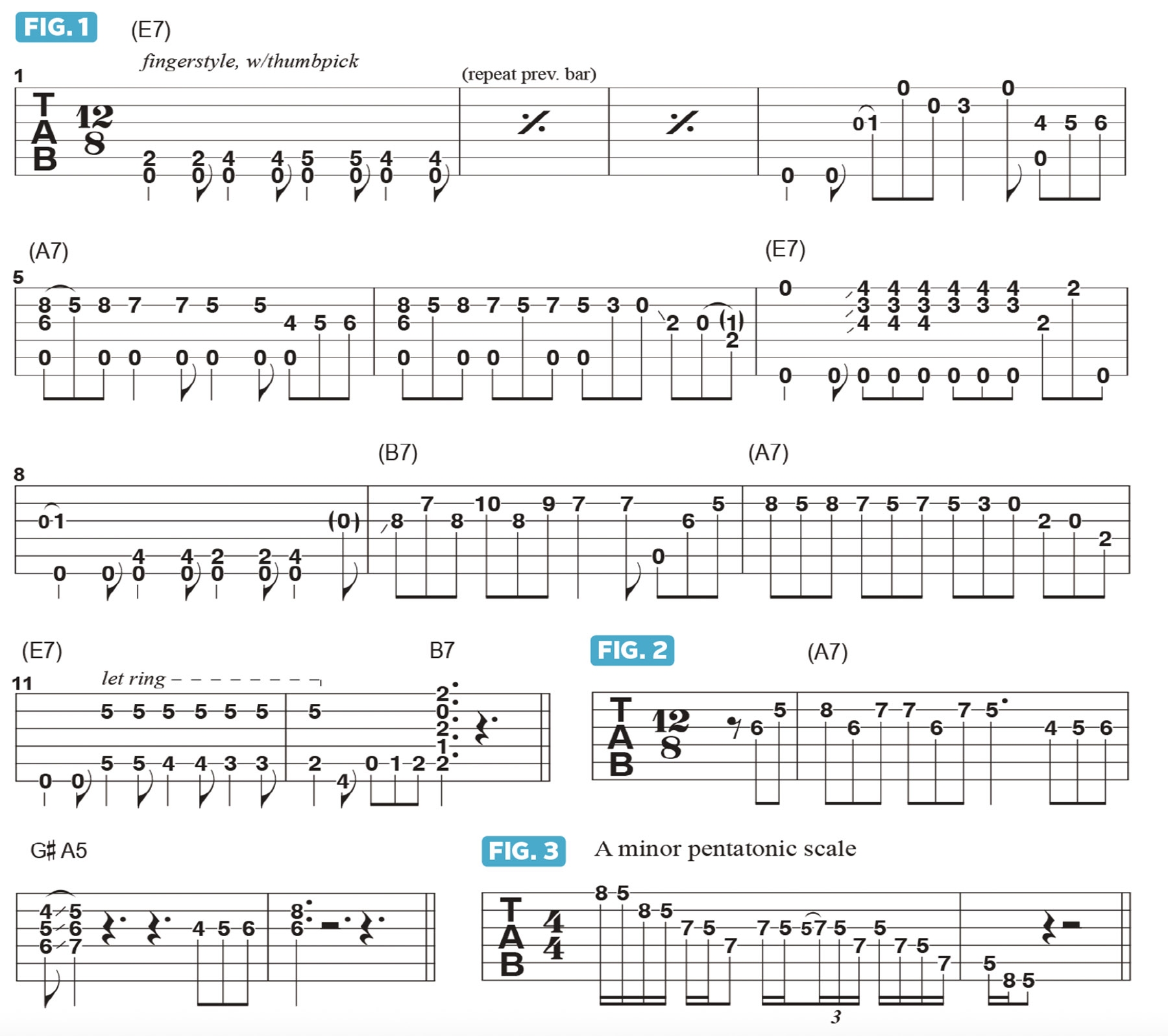“Playing the blues isn’t about scales… it’s pattern music. You need to learn the right patterns”: Sue Foley is a master at turning scales into solos – here are her 6 essential licks that all blues fans should know

Hello everyone, and welcome to my new column for Guitar World! Over the course of these lessons, I will be demonstrating many of my approaches to blues rhythm guitar playing and soloing, covering a variety of my favorite styles of the blues along the way.
I’d like to start off with a blues lick that I love, one that I use all of the time and is “multi-functional,” in that it’s great for rhythm parts as well as soloing. Blues players often fall back into patterns: I always say that playing the blues isn’t about scales, such as the minor pentatonic scale, the blues scale, the Mixolydian mode and what have you. It’s not “scale-y” music; it’s pattern music. So you need to learn the right patterns in order to sound bluesy.
A lick I lean on a lot is a “walk-up” that connects the I (one) chord to the IV (four) chord. You’ll hear this specific lick in a lot of Chicago blues, such as the recordings of Muddy Waters with guitarists Jimmy Rogers, Dave and Louis Myers and Robert Jr. Lockwood.
Figure 1 presents a 12-bar blues shuffle in the key of E, starting with three bars of switching on each beat between two-note voicings of E5 (E and B), E6 (E and C) and E7 (E and D), implying an E7 sound overall.
In bar 4, I anticipate the change to the IV chord, A7, by playing the open A string along with the ascending notes B, C and C. Bars 5 and 6 are played over A7, and on beats 1-3 of bar 5, I play a melody on my B string along with the thumb-picked open A string. In bar 6, this melody is repeated in beats 1-3, followed by a shift down the neck to wrap up the lick and return to the I chord, E7.
Bars 7 and 8 are played over E7; notice in bar 7 that I incorporate an E7 voicing of B-D-G on the top three strings. In bar 9, we arrive at the V chord, B7, and I play the same lick as bar 5 but transposed up a whole step, from A to B, utilizing the B7 chord tones of D, A and F, along with the 6th, G.
We return to A7 in bar 10 and repeat the lick from bar 6. The 12-bar figure then wraps up in bars 11 and 12 with a standard turnaround in E, as the chromatically descending notes D, C, C and B are alternately played against a high E root.
All the latest guitar news, interviews, lessons, reviews, deals and more, direct to your inbox!
Figure 2 focuses on this ascending lick over A7: I’m basically just walking up to the A7 chord located at the 5th fret. Regarding scales, I think of this as “first position,” working out of the standard “box” patterns of minor pentatonic and the blues scale. In Figure 3, I descend through A minor pentatonic (A, C, D, E, G) with my index finger stationed at the 5th fret.
For this melody over A7, I move down from A7 to A6 to an A triad, as shown in Figure 4. You can go so many places with this simple pattern, such as the phrase shown in Figure 5, which is based on A minor pentatonic with the added notes
C, B, B and F. Figure 6 details moving this phrase from B7 to A7 and then back to the I chord, E7.

I’ll be back next month with more essential blues phrases to incorporate into your blues rhythm parts and solos. Thanks for reading!
- This article first appeared in Guitar World. Subscribe and save.
You must confirm your public display name before commenting
Please logout and then login again, you will then be prompted to enter your display name.


